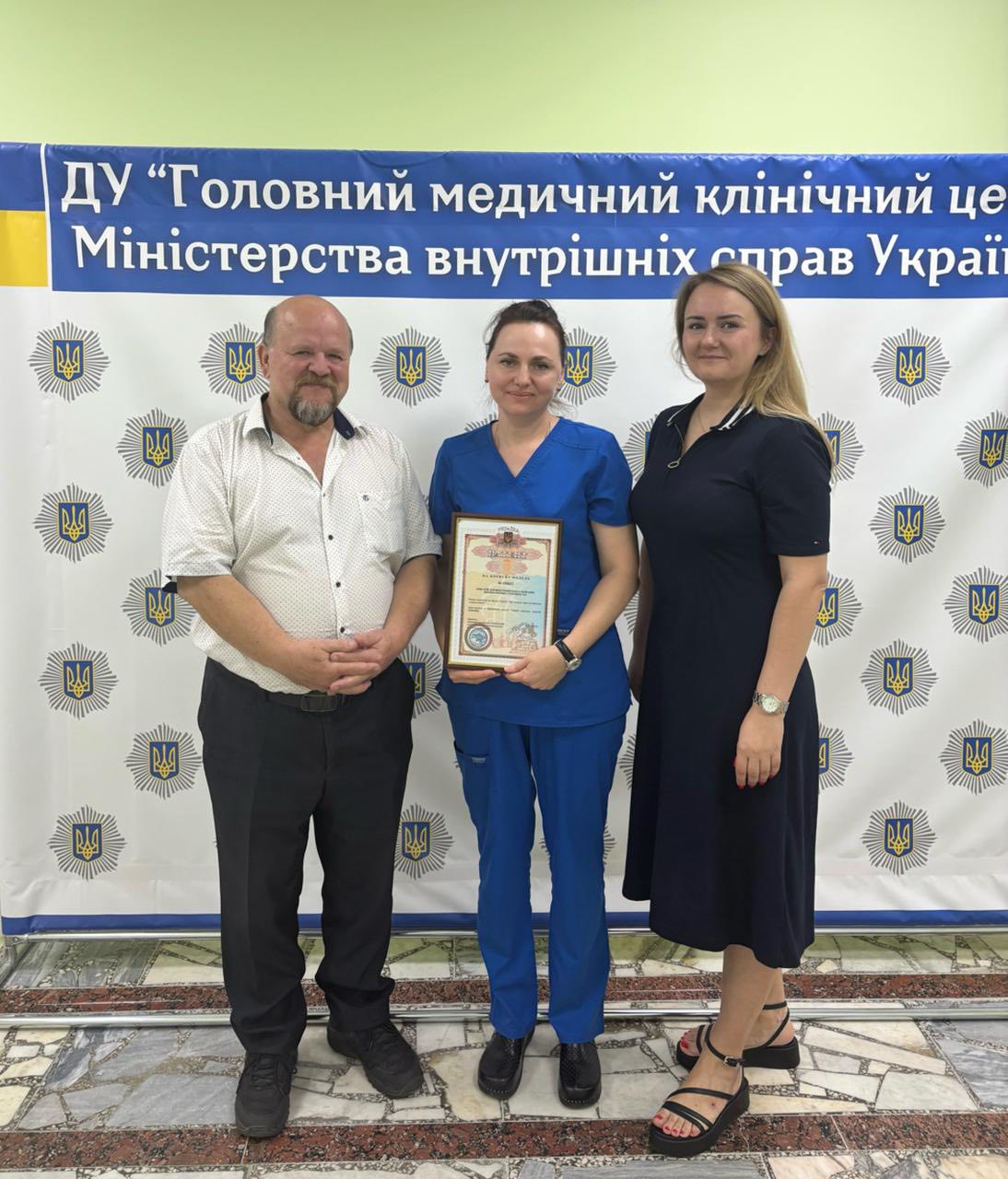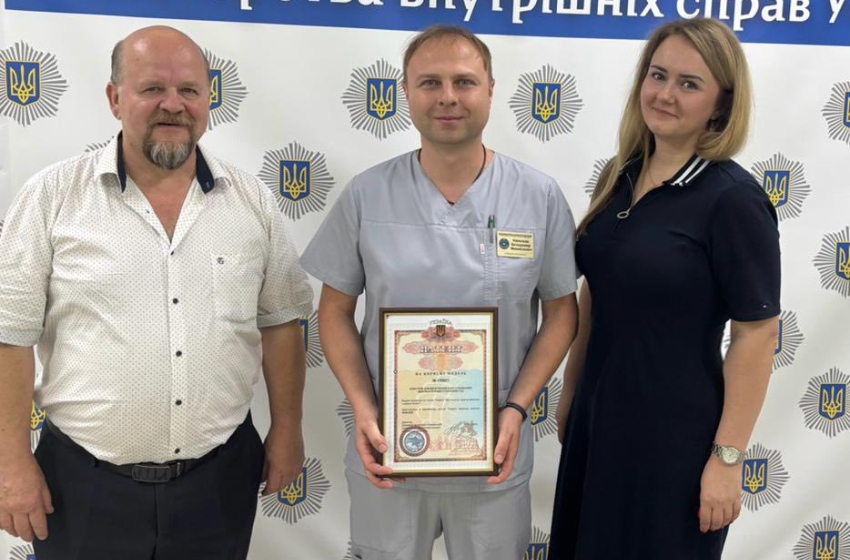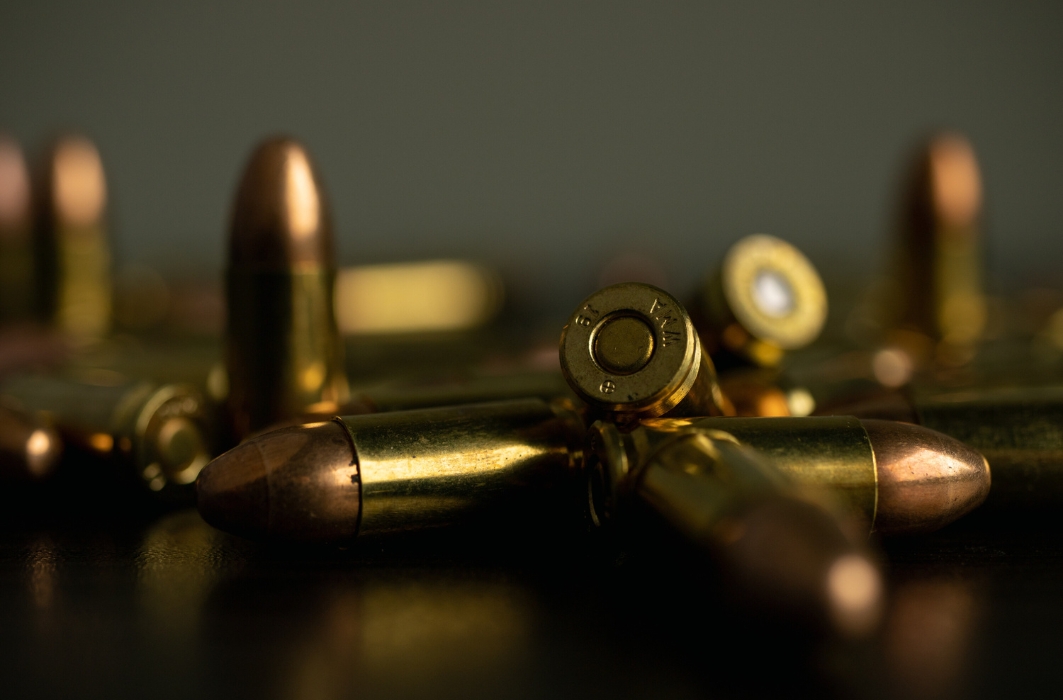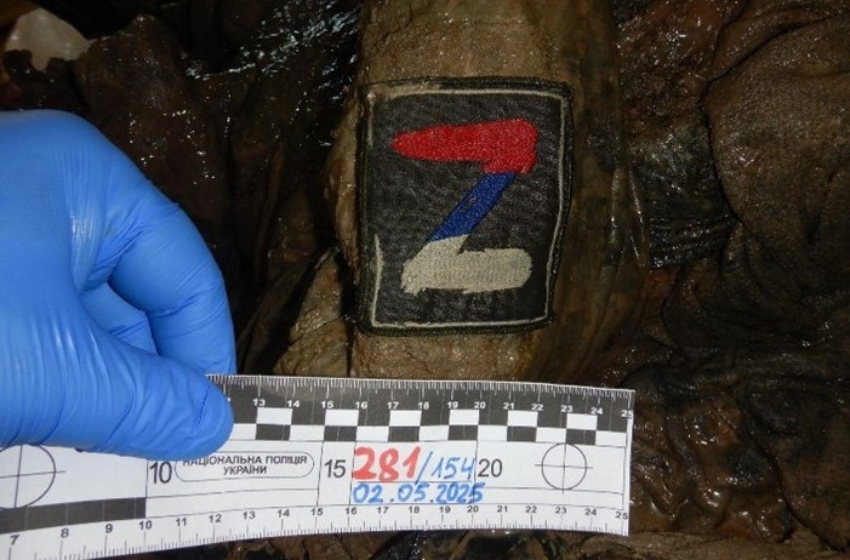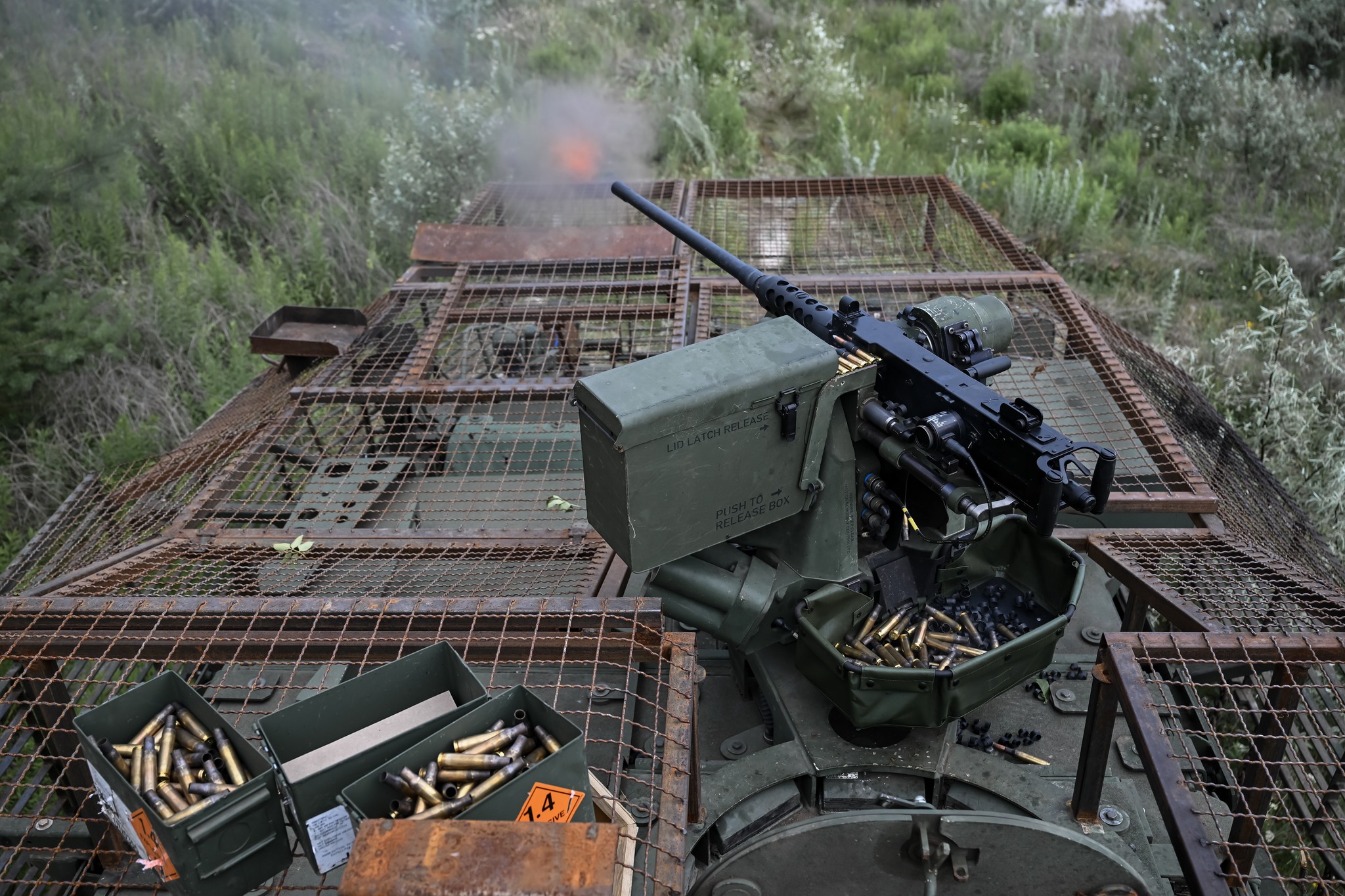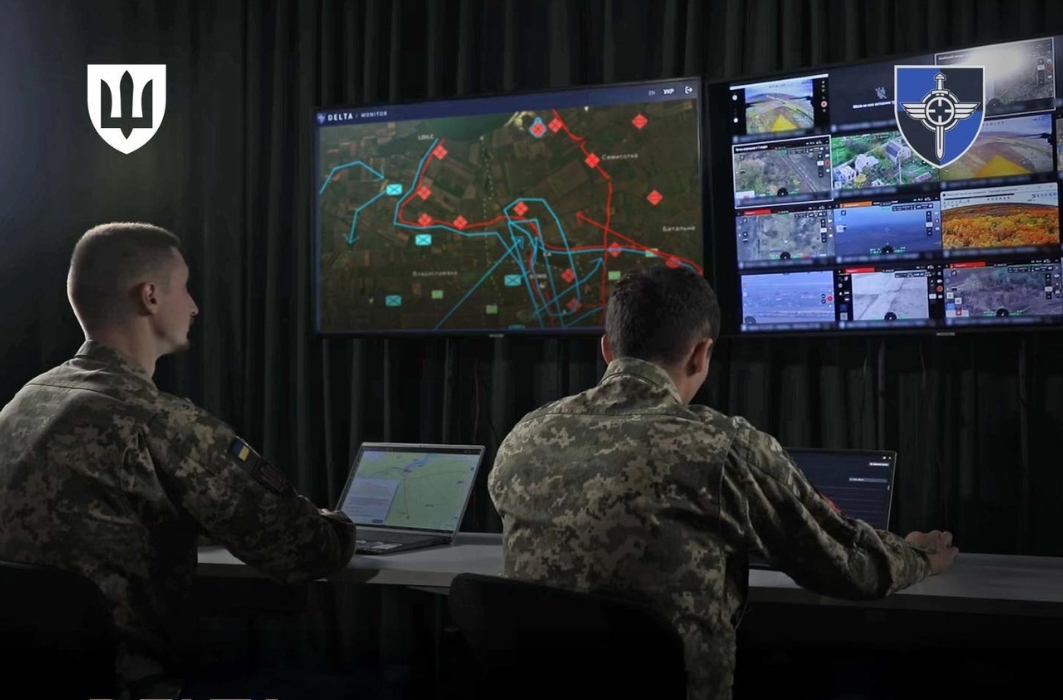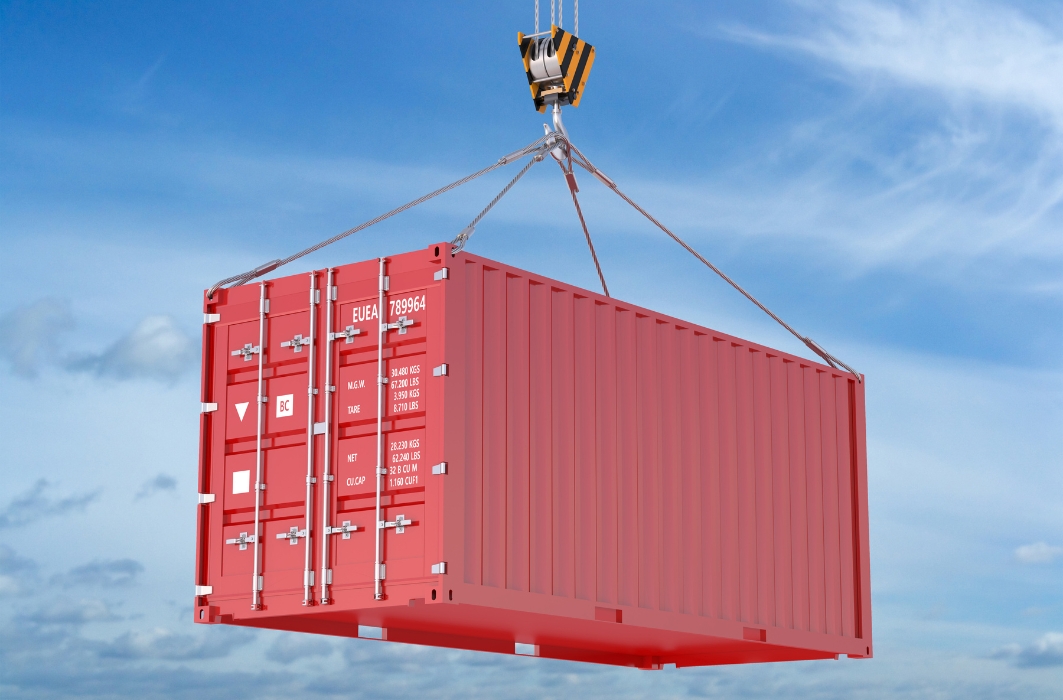The National Academy of Internal Affairs and the Main Medical Clinical Center of the Ministry of Internal Affairs of Ukraine are expanding their scientific cooperation, which has resulted in the transfer of the first patent for a jointly developed instrument designed for wartime surgery. This was reported on the Facebook page of the National Academy of Internal Affairs (NAVI), noting that on July 18, the leadership of the MIA hospital officially received a patent for a device that removes encapsulated ferromagnetic foreign bodies from soft tissues. This device, created as part of an interagency partnership, allows effective removal of bullet and shell fragments with ferromagnetic properties that are deeply lodged in the body—a critically important capability in field conditions during war.
The development of the device was made possible thanks to an initiative by the MIA veterans’ organization, which launched cooperation between the academy and the hospital last year. So far, six patent applications have been submitted for medical instruments capable of improving the efficiency of care for the wounded. The development process involved both academy scientists and practicing surgeons from the hospital, with the effectiveness of their joint work confirmed by medical staff from other departments who expressed interest in joining future stages of cooperation.
According to publicly available information, the device uses magnetically oriented systems that allow surgeons to quickly locate and extract fragments without causing excessive tissue damage. Similar technologies are already used in military hospitals in Israel and the USA; however, the Ukrainian development includes several adaptations suited to complex combat conditions. Additionally, it can be used not only in stationary hospitals but also in mobile medical units.
The cooperation between NAVI and the MIA hospital, now in its second year, aims to create a systematic scientific foundation to support security forces, particularly in the treatment and rehabilitation of police officers and military personnel injured during combat missions. In the future, this collaboration may extend beyond the medical field to encompass a broader range of innovations for the security and defense sector.
